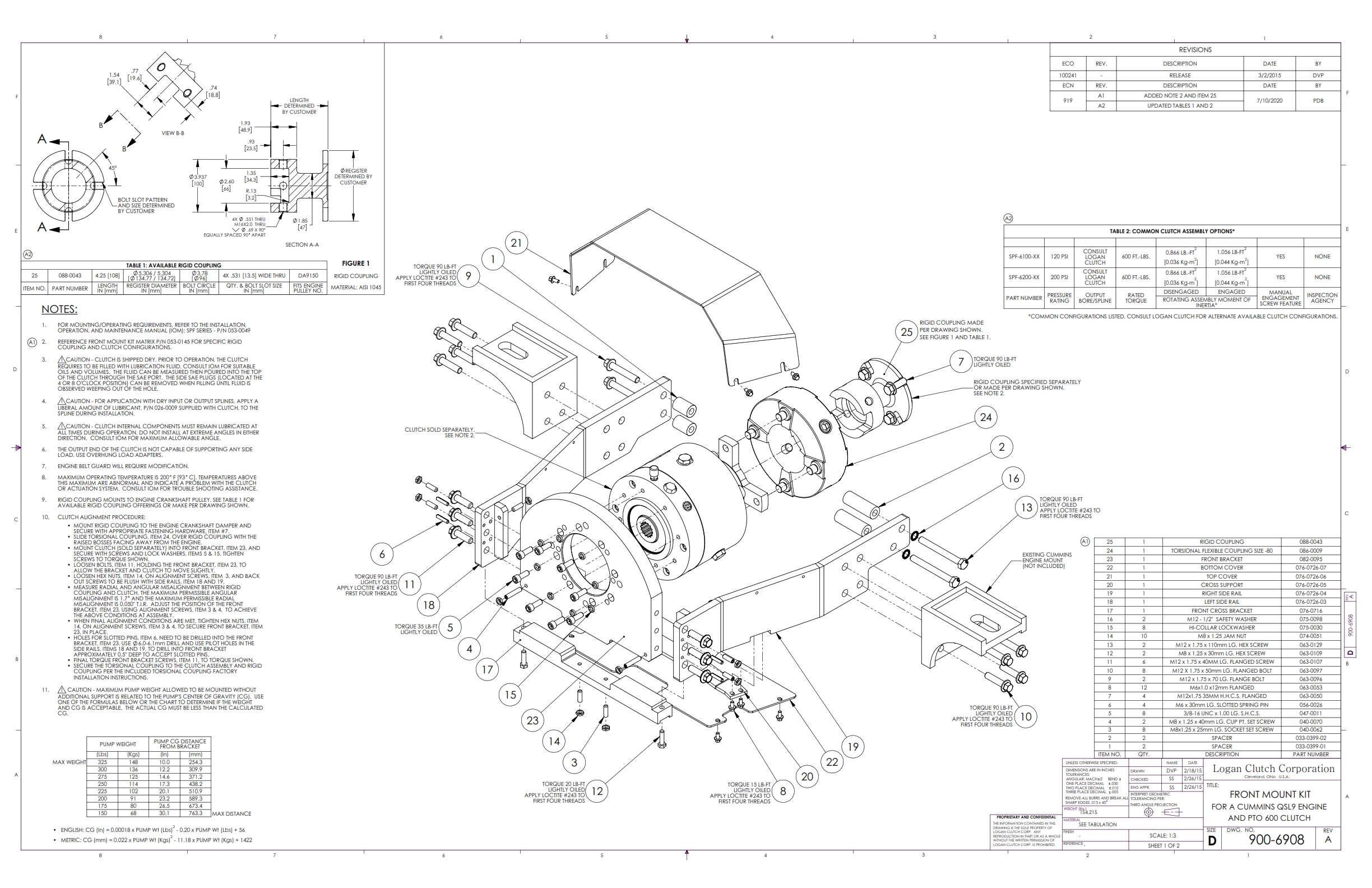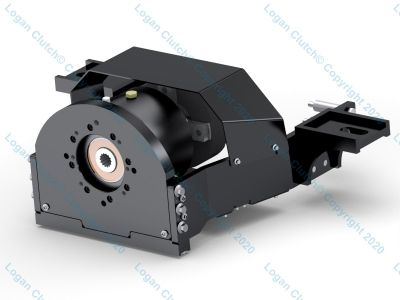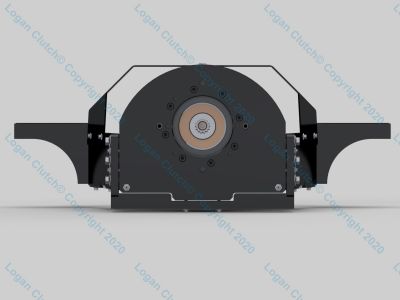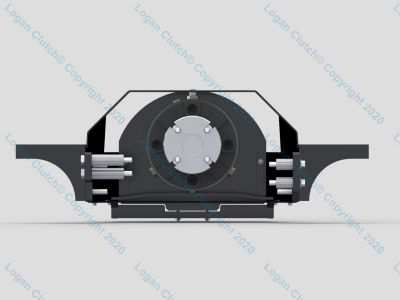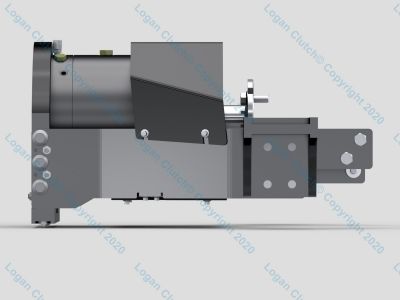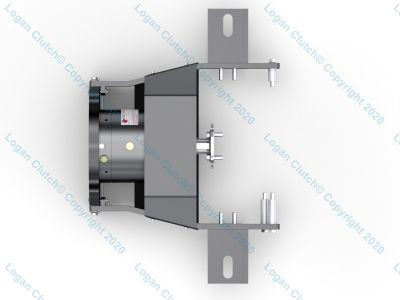900-6908
Front of Engine PTO Clutch Kit Cummins QSL 9
Tech Specs:
Cummins QSL 9 EngineSPF 600 Series Clutch Sold Separately. Review SPF Series Product Selection for Clutch Torque, Actuation Pressure and Output Shaft Spline Offering.
Clutch Rated at 600 Lbs.-Ft.
SAE 'C' 2/4 Bolt Mounting Face Output
Includes Bracket, Torsional coupling, Rigid coupling and All Hardware.
Specify Cummins pulley code at the time of order.
Part Number:
900-6908
Description:
Logan PTO’s are used in a variety of Industrial, On-Highway, Marine, Construction, Agriculture, Mining, Oil Field, and Rail
applications – and are designed to mount between the power take-off of the engine and auxiliary attachment, i.e. single or
multi-station pump drive.
Advantages:
• Reduces fuel consumption and CO2 Emissions by engagingdrives and pumps only when required
• Quicker Starts: Lowers horsepower draw and cranking power
required during machine start-up by disconnecting the hydraulic
system from the engine
• Reduced ambient noise through intermittent use of
pumps and equipment
• Cooler running hydraulic systems: Heat is generated
whenever oil dumps from high to low pressure without
producing work. Disconnecting the PTO Clutch reduces the
destructive effects of heat – lowering maintenance costs and
hydraulic oil requirements
• Extends the life of drive systems and components
Features:
• Air or fluid actuated• Integrated torsional isolation coupling
• Engineered mounting bracket for precise alignment
• Maximum torque, small envelope, higher engagement
speeds (up to 1800 RPM with SOFTSTART? feature)
• Low profile, compact, design is suitable for workboats,
fishing boats and pleasure craft
• Heavy-duty, self-contained corrosion resistant
design requires no external lubrication
• Smooth engagement / disengagement
• Simplified, compact, high torque design
• Remote activation from a control panel or operator’s station
• Optional manual engagement screws in case power
flow is disrupted
• Optional shaft adapters for Dana style flanges
• Oil bath or flow through cooling
Documents:
